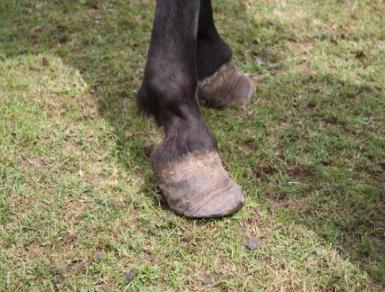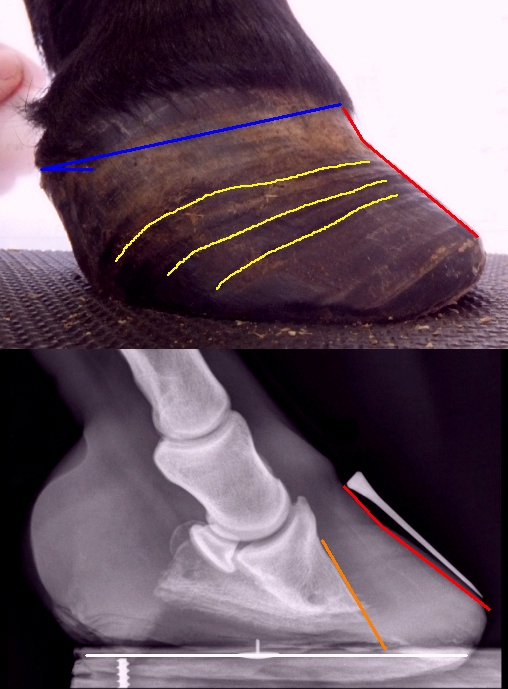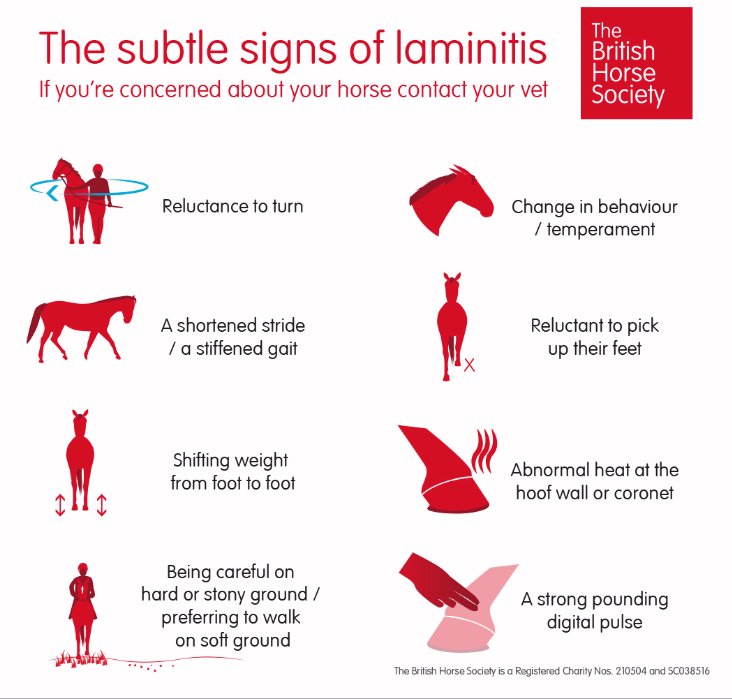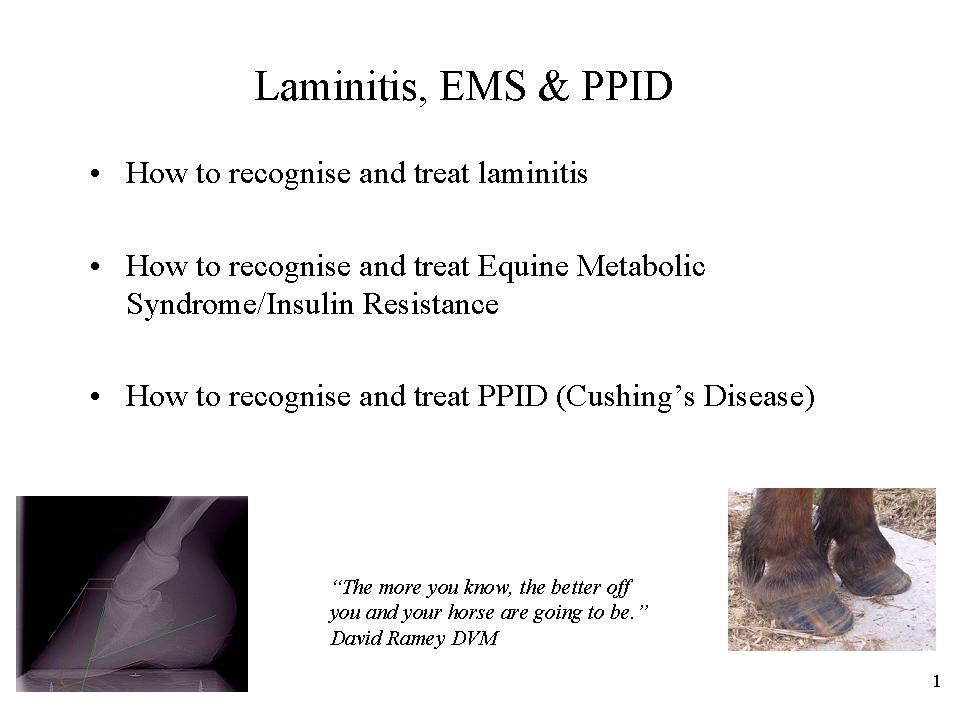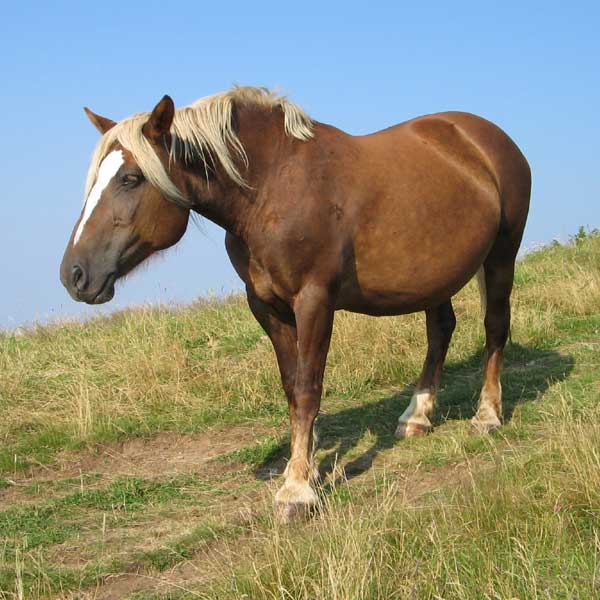Supreme Tips About How To Spot Laminitis

If your horse becomes lame, shifts its weight, shortens its strides, or becomes reluctant to move, then you.
How to spot laminitis. There are many symptoms of laminitis. Think of it as feeling your pulse on your wrist. The horse’s hoof will have the appearance of growth rings around the hoof wall, which generally indicates that it has suffered from laminitis in the past.
Laminitis is commonly divided into three. Radiographic changes also vary with the severity and chronicity of the. You should be aware of what.
Signs of laminitis lameness is typically seen in all four legs, although the forelegs may appear more badly affected. The horse is unwilling to get up and is reluctant or unable to walk. Strong/bounding digital pulses felt at the back of the fetlock (check out our video below to find out how to check your horse’s digital pulse).
Laminitis is diagnosed based on clinical signs, although this can be challenging in mild cases. How to spot it, treat it and prevent it appeared first on your horse. You should be able to faintly feel your horse’s pulse just behind his fetlock but if the pulse feels.
Rings in hoof wall that become wider as they are followed from toe to heel. When standing, the horse leans back onto his hind feet in an. One of the most devastating effects of winter.
Common signs of laminitis include: However, these should not be confused. In cases of acute laminitis, you may notice the following signs:
*promotion* did you know that according to recent studies, one in 10 horses and. Increased digital pulses, heat in the foot, weight shifting, reluctance to move, lameness (which commonly affects at least two limbs), pain when hoof testers are. Bruised soles or stone bruises. widened white line, commonly.
Signs of chronic laminitis may include the following: A diagnosis of laminitis is based on clinical signs of lameness, bounding digital pulses and radiographic findings. The earliest sign may be a shorter than normal stride the.
How can i spot laminitis? Severe symptoms of laminitis increased temperature in the hoof for a prolonged period of time (when it’s not that hot outside!) can indicated trauma in the laminar tissues.

